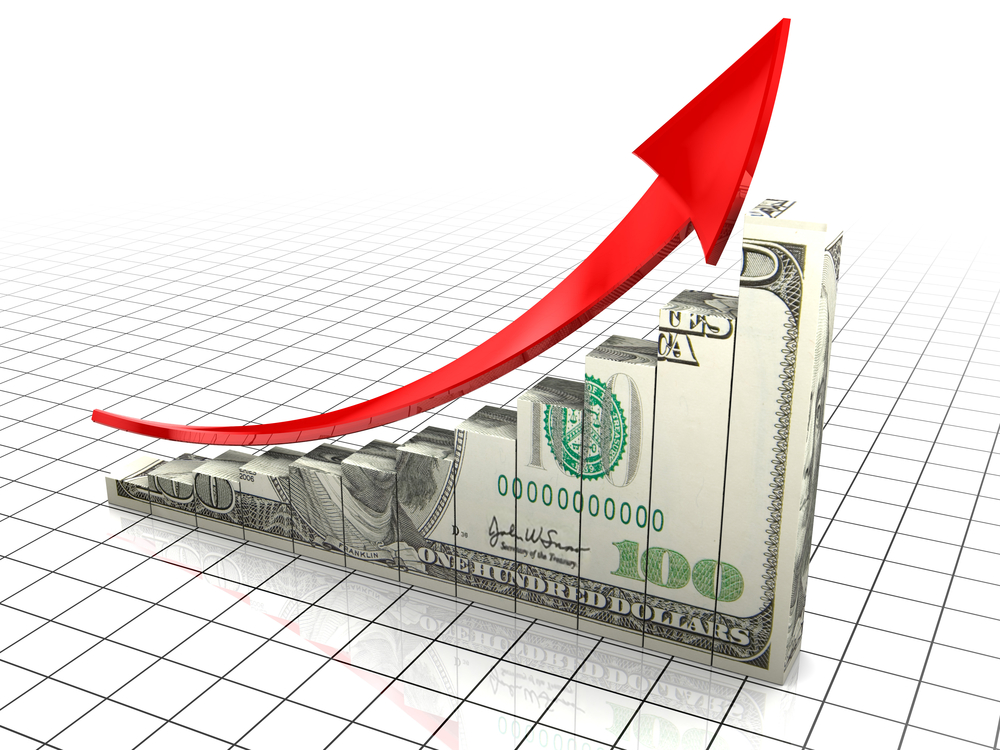Accounting
U.S. Economic Growth Beats Estimates as Fed Says No Recession Expected
U.S. economic growth unexpectedly picked up steam in the second quarter thanks to resilience among consumers and businesses in the face of high interest rates.
Jul. 27, 2023

By Reade Pickert, Bloomberg News (via TNS).
U.S. economic growth unexpectedly picked up steam in the second quarter thanks to resilience among consumers and businesses in the face of high interest rates.
Gross domestic product rose at a 2.4% annualized rate after a 2% pace in the previous three months, the Commerce Department’s initial estimate showed Thursday. Consumer spending increased at a 1.6% pace, more than forecast, after surging at the start of the year.
The Federal Reserve’s preferred underlying inflation metric advanced at a slower-than-expected 3.8% pace.
The U.S. economy is in better shape than economists had expected it would be just a few months ago. While forecasters are split on the odds of a recession, a strong labor market, sturdy consumer spending and now easing inflation have fueled hopes that the U.S. will avoid a downturn.
The Fed staff is no longer forecasting a recession, Chair Jerome Powell said Wednesday after the central bank raised interest rates by a quarter percentage point.
Still, headwinds persist with the Fed’s benchmark interest rate at a 22-year high and some signs of consumer strain bubbling.
The personal consumption expenditures price index grew at an 2.6% annualized pace in the April to June period, the smallest advance since the closing months of 2020. Excluding food and energy, the index rose at the slowest pace in more than two years. June data will be released Friday.
The persistent strength of the jobs market remains a key source of support for the economy. Separate data out Thursday showed applications for unemployment benefits retreated to the lowest level since late February. Continuing claims, which can offer insight into how quickly out-of-work Americans are able to find a new job, also declined.
The GDP data showed services spending rose at a 2.1% annualized rate, led by housing and utilities, health care and financial services. Outlays on goods increased at a 0.7% rate, after surging by the most in nearly two years in the prior period. Inflation-adjusted spending data for June, and any revisions to prior months, will also be released Friday.
Business investment in structures, meanwhile, continued to grow at a breakneck pace, bolstered by recent efforts to shore up domestic factory production. The Biden administration championed a series of bills — the Infrastructure Investment and Jobs Act, the Inflation Reduction Act and CHIPS Act — that provide both direct funding and tax incentives for private companies to invest in areas like semiconductors and electric vehicles.
Outlays for equipment surged at a 10.8% rate, the most in more than a year, after decreasing in the previous two quarters. Spending on intellectual property products also accelerated.
Inflation-adjusted final sales to private domestic purchasers — a key gauge of underlying demand — rose 2.3% after a 3.2% at the start of the year. Those are the strongest back-to-back gains since 2021.
____
—With assistance from Kristy Scheuble.
___
©2023 Bloomberg L.P. Visit bloomberg.com. Distributed by Tribune Content Agency, LLC.
